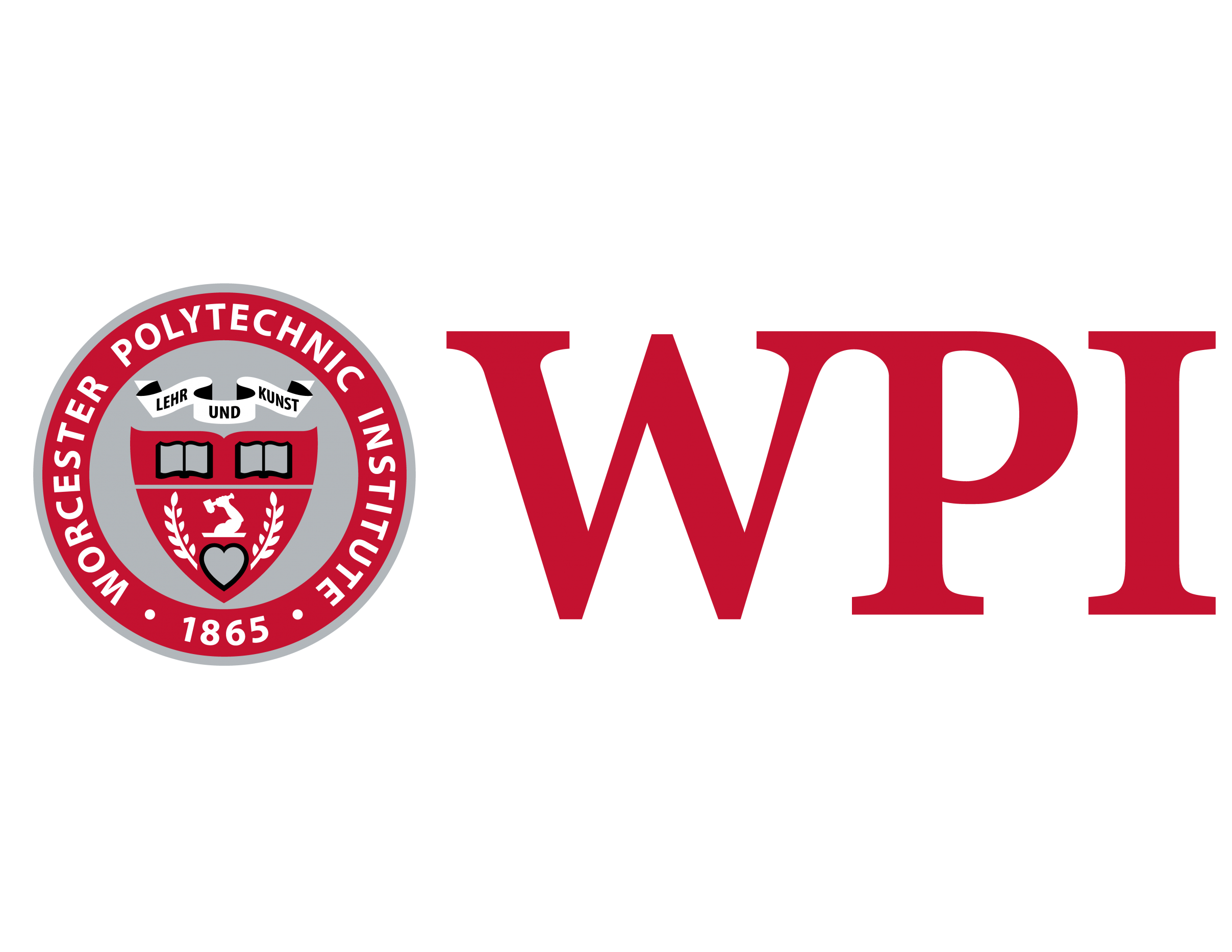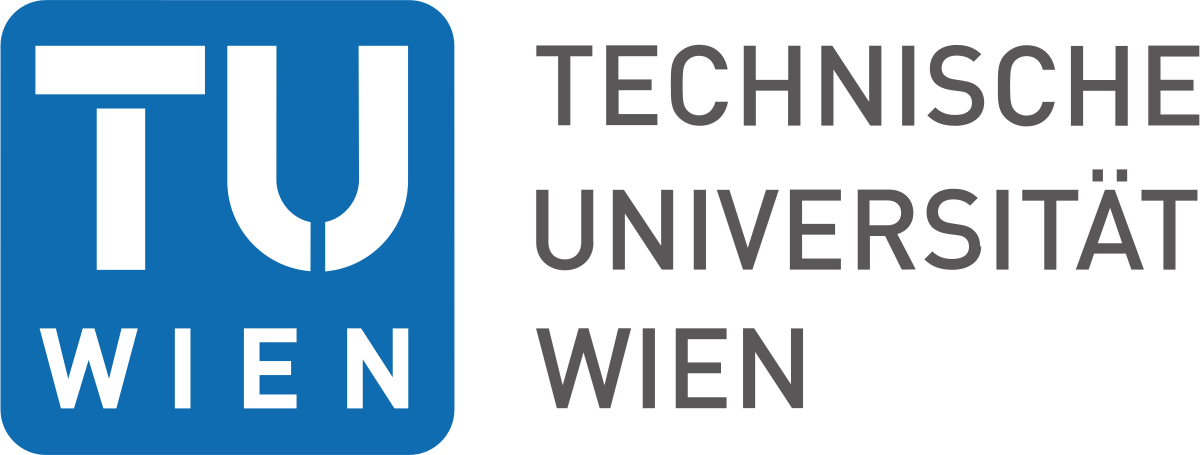




|

|

|

|
|
Seminar "Selected Topics in Mathematics"
Online edition
|
| Past talks: |
| 04 October 2024 (Friday, 3pm UK time, UTC+01:00) |
|
Prof. Jarosław Kędra,
University of Aberdeen
Bi-invariant metric on groups ( Video link) (Notes) (Annotated notes) ( Link to mentioned article) Abstract. A bi-invariant metric on a group \(G\) is a metric such that both the right and the left action of \(G\) on itself is by isometries. Examples of such metrics include the Hofer metric on the group of Hamiltonian diffeomorphisms of a symplectic manifold, the reflection length on a Coxeter group, the commutator length and many others mostly in group theory and dynamics. A particularly interesting example is the cancellation length on free groups, which was first discovered by biologists investigating RNA folding. In the talk, I will discuss various examples, present a sample of results and open problems.
|
| 18 October 2024 (Friday, 3pm UK time, UTC+01:00) |
|
Prof. Boris Springborn,
TU Berlin
The hyperbolic geometry of numbers ( Video link) (Notes) ( Paper 1) ( Paper 2) Abstract. In his 1880 thesis, Markov classified the unimodular indefinite binary quadratic forms whose values on the integer lattice (minus the origin) stay farthest away from zero. This is closely linked to the classification of the worst approximable irrational numbers. The primary tool in this theory have always been continued fractions. Well-known connections to hyperbolic geometry are based on the fact that continued fractions describe the symbolic dynamics of geodesics in the Farey triangulation of the hyperbolic plane. This talk, however, will be about a new geometric approach to the Markov theory that eliminates the complicated symbolic dynamics of continued fractions by considering the set of all ideal triangulations of the modular torus and not just the simplest and most symmetric one. In the end, the problem boils down to the question: How far can a geodesic that crosses a triangle stay away from the vertices? This geometric approach can also be used to classify the worst approximable rational (sic!) numbers.
|
| 25 October 2024 (Friday, 3pm UK time, UTC+01:00) |
|
Sam Evans,
Loughborough University
Arithmetic and geometry of Markov polynomials ( Video link) ( Slides) Abstract. Markov polynomials are the Laurent-polynomial solutions of the Markov equation \[X^2+Y^2+Z^2=aXYZ,\] which are the results of the cluster mutations applied to the initial triple \((x,y,z)\). They were first discussed by Propp, who proved that their coefficients are non-negative integers. This result relates to an interesting combinatorial interpretation of Markov numbers, related to perfect matchings on snake graphs. We present more results and formulate new conjectures about the specific coefficients that appear in these Markov polynomials. Whilst many of the results remain conjecture, based on observations from numerical investigations, in specific cases the results can be proven. In particular, in subsets of Markov polynomials such as the Fibonacci polynomials; in the sense of Caldero and Zelevinsky. The talk is based on the ongoing joint work with Alexander Veselov and Brian Winn. |
| 01 November 2024 (Friday, 3pm UK time, UTC) |
|
Robert Miranda,
UCLA
Fully Flexible Periodic Polyhedral Surfaces ( Video link) Abstract. A polyhedral surface has an \(n\)-dimensional flex if there exists a continuous family of realizations \(\{Q_t : t \in [0,1]^n\}\) which are pairwise nonisomorphic. Gaifullin and Gaifullin showed that if a 2-periodic polyhedral surface in is homeomorphic to a plane, then it can have at most a 1-dimensional flex which preserves periodicity. Glazyrin and Pak later found an example of a 2-periodic polyhedral surface, not homeomorphic to a plane, which has a full 3-dimensional flex which preserves periodicity. In this talk, I will present a new construction of a fully flexible 3-periodic polyhedral surface using the universality of polyhedral linkages and discuss generalizations to general periodic polyhedral surfaces and higher dimensions. This talk is based on joint work with Alexey Glazyrin (University of Texas Rio Grande Valley) and Igor Pak (University of California Los Angeles)
|
| 15 November 2024 (Friday, 3pm UK time, UTC) |
|
Dr. Esther Banaian,
UC Riverside
Skein relations and bases for cluster algebras from punctured surfaces ( Video link) ( Paper) Abstract. Cluster algebras are commutative rings with a set of recursively-defined generators. Many cluster algebras with desirable properties arise from a surface with marked points (S,M) in the sense that they can be realized geometrically through the decorated Teichmüller space of (S,M). Kantarcı Oğuz-Yıldırım and Pilaud-Reading-Schroll have recently exhibited a method to use the set of order ideals of a poset to give a direct formula for any generator of a cluster algebra of surface type. We use this construction to give skein relations, which will be multiplication formulas for elements of the cluster algebra which arise from resolving intersections of the corresponding curves on the surface. By working with surfaces which could have internal marked points, called punctures, we generalize previously known skein relations from Musiker-Schiffler-Williams and Canakci-Schiffler, who largely only work in unpunctured surfaces. A corollary of our results is the ability to construct bases for cluster algebras from punctured surfaces. This talk is based on joint work with Wonwoo Kang and Elizabeth Kelley.
|
| 22 November 2024 (Friday, 3pm UK time, UTC) |
|
Prof. Khrystyna Serhiyenko,
University of Kentucky
SL\(_k\) tilings and paths in \(\mathbb{Z}^k\) ( Video link) Abstract. An SL\(_k\) frieze is a bi-infinite array of integers where adjacent entries satisfy a certain diamond rule. SL\(_2\) friezes were introduced and studied by Conway and Coxeter. Later, these were generalized to infinite matrix-like structures called tilings as well as higher values of \(k\). A recent paper by Short showed a bijection between bi-infinite paths of reduced rationals in the Farey graph and SL\(_2\) tilings. We extend this result to higher \(k\) by constructing a bijection between SL\(_k\) tilings and certain pairs of bi-infinite strips of vectors in \(Z^k\) called paths. The key ingredient in the proof is the relation to Pluecker friezes and Grassmannian cluster algebras. As an application, we obtain results about periodicity, duality, and positivity for tilings.
|
| 29 November 2024 (Friday, 3pm UK time, UTC) |
|
Dr. Miloslav Torda,
University of Liverpool
Geometric Perspectives on the Crystallization of Molecular Crystals: Crystallographic Symmetry Group Packings, Uniform Tessellations, and Molecular Frameworks ( Video link) Abstract. The mathematical theory of crystallization is still in its early stages, even for simple mono-atomic systems. Molecular systems present additional challenges due to their intermolecular interactions. However, by focusing on molecules with inherent symmetries, the problem of periodic ground state formation in the thermodynamic limit becomes more tractable. In this talk, we consider an additive Hamiltonian at zero temperature, involving pairwise atom-atom interaction potentials and crystallographic symmetry groups–discrete isometry groups of Euclidean space that include a lattice subgroup. We begin by investigating two-dimensional molecular systems where the pairwise interaction potential consists of repulsive and dispersion attraction terms. By examining the densest packings of regular polygons within wallpaper groups, Archimedean circle packings, and their corresponding dual frameworks, we formulate a conjecture regarding the ground state configurations of molecules with six-fold rotational symmetry. We then consider two-dimensional molecular salt frameworks composed of negatively charged nodes connected by positively charged triangular linkers. For these purely electrostatic systems, we enumerate possible ground states via sums of integer reciprocals. Building on these observations, we extend our considerations to tetrahedral salt frameworks and propose that the ground states of these systems can be represented by an absolutely symmetric quadratic form. This work is in progress jointly with Roland Púček (University of Jena) and Andrew I Cooper (University of Liverpool).
|
| 06 December 2024 (Friday, 3pm UK time, UTC) |
|
Prof. Bernd Schulze,
Lancaster University
A differential approach to Maxwell-Cremona liftings ( Video link) Abstract. In 1864, James Clerk Maxwell introduced a link between self-stressed frameworks in the plane and piecewise linear liftings to \(3\)-space. This connection has found numerous applications in areas such as rigidity theory, discrete and computational geometry, control theory and structural engineering. While there are some generalisations of this theory to liftings of \(d\)-complexes in \(d\)-space, extensions for liftings of frameworks in \(d\)-space for \(d\) at least \(3\) have been missing. In this talk we introduce differential liftings on general graphs using differential forms associated with the elements of the homotopy groups of the complements to the frameworks. Such liftings play the role of integrands for the classical notion of liftings for planar frameworks. These differential liftings have a natural extension to self-stressed frameworks in higher dimensions. As a result we generalise the notion of classical liftings to both graphs and multidimensional \(k\)-complexes in \(d\)-space \(\text{(}k=2,\ldots,d\text{)}\). This is joint work with Oleg Karpenkov, Fatemeh Mohammadi and Christian Mueller.
|
| Go to the main page. |